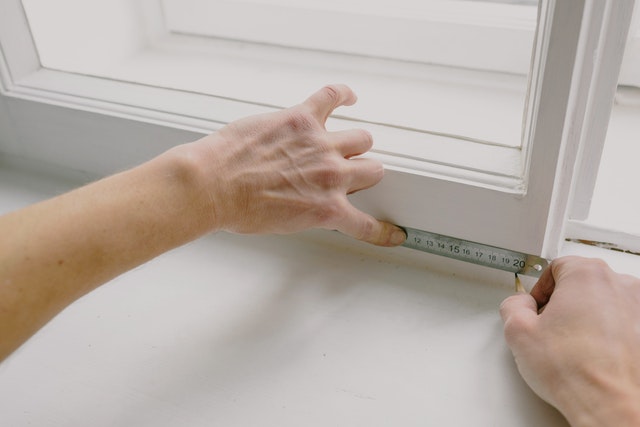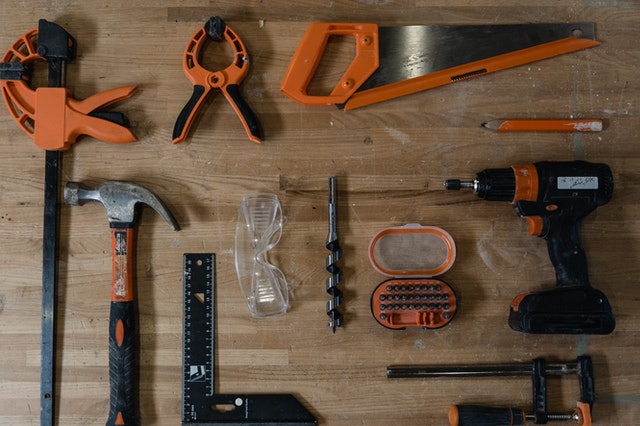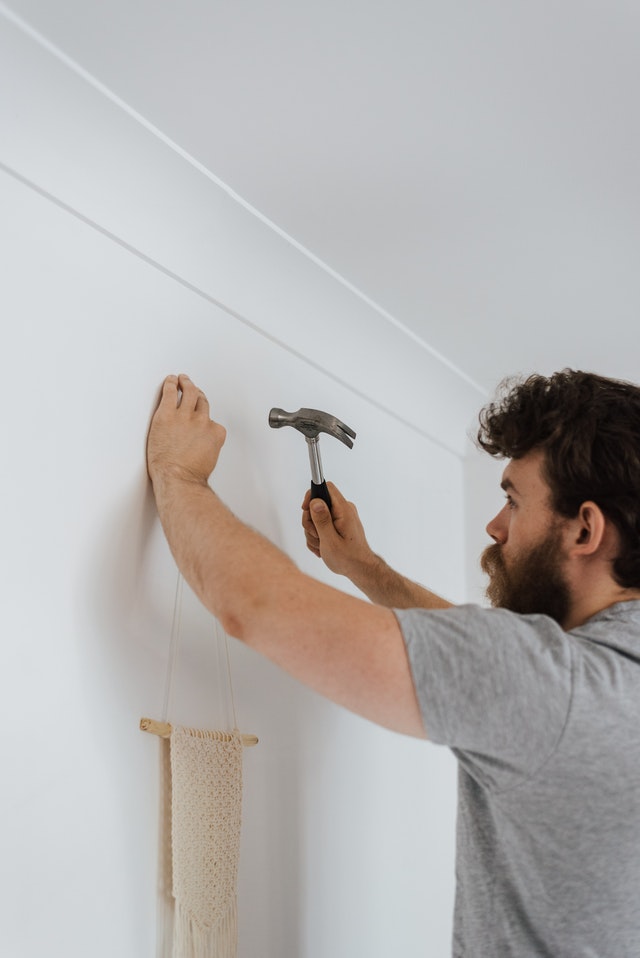The higher the vinyl gauge-that is, the thicker it is—the better it will perform. Vinyl that is 0.048 inch thick is significantly stronger than 0.040-inch-thick vinyl. Vinyl siding does not need to be painted.
The basic rule is “hang loose.” Because vinyl expands and contracts with changes in the weather, nails should not be driven fully tight, and pieces should be cut so there are ¼-inch gaps between panels and trims.





